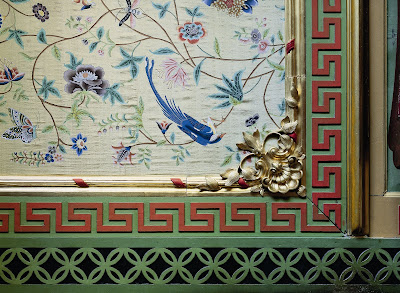




How did you decide which designers/projects to feature and which not to?
There's over 30 designers featured in the book. When I began, I created an extensive list of every designer working in the region and gradually edited down to those I believe are making a unique and creative contribution to the industry today. Of the projects featured, the criteria was that they are relatively contemporary and represent the designers' work.
What particularly about Australian and New Zealand interiors do you think is unique and different to the rest of the world?
Our local form of design, as made apparent by the book and its subjects, is to serve the population's lifestyle needs: efficiency, security and a desire for the outdoors and indoors to be seamlessly connected. The use of elemental building materials, including concrete, steel, timber and glass, create an interesting aesthetic, raw and yet refined. This is further defined by a penchant for partial enclosures and for a connection to the surrounding landscape. Unlike other regions, Australia and New Zealand have not been bound by history or specific design traditions. Instead, there has been a freedom to cherry pick elements from around the world. The aesthetic of local interior design is one as broad as the region's cultural diversity. There is BKH's cool mishmash of Modernish and decoration, contrasting the relaxed grandeur of Thomas Hamel & Associates, the architectural innovation and commitment to landscape and sustainability of Patterson Associates, and the finely crafted whimsy of Hecker Guthrie.
What changes have you seen in the way Australians and New Zealanders design and decorate their homes in the last decade, and what changes do you anticipate for the future?
In Sydney alone, the next 20 years will see the addition of over 600,000 dwellings on top of an existing 1.2 million. If Australians weren't building houses three times the size of the British average, this wouldn't pose such a significant problem. Fortunately, design institutions are producing graduates of a high calibre and teaching curriculums that emphasise environmental sustainability. Hopefully, in the near future, green design will cease to be an optional, costly extra, but rather a seamlessly integrated element of contemporary architecture and design.




Designer Hare & Klein Residence Coledale New South Wales



The dining room, with its Zaha Hadid dining table, is stunning in its simplicity. Interestingly though, the artwork in this image is different to the piece photographed for the AD shoot. I think I prefer this piece...what do you think?

And then there's the lounge. I love the minimal detail around the inset bookshelves. Is that bronze? The shot of colour at the back is simple but effective. And if you're going to have a billiard table, why not have one restored from 1915... seriously, I think I'm in love.

Photos from Steven Volpe's website, feature in AD was photographed by Pieter Estersohn.

Don't let these images fool you, they're a little dated looking, but in real life I think they're quite stunning!
* NB the El Casco range is also available in Hong Kong in the new Harvey Nichols store in Pacific Place!










